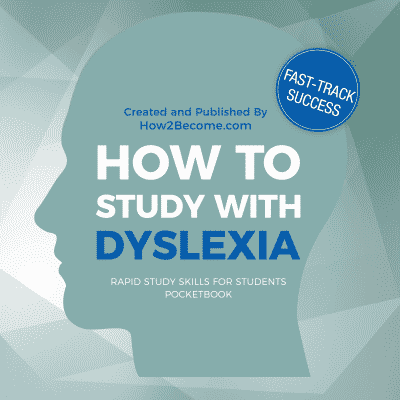If you have dyslexia, then there are many methods that you can employ to assist your reading, with considerations to make before you start a reading task, during a reading task, and indeed afterwards. So, let’s get straight into discussing what you should do before you go about reading something for your studies.
Before You Start Reading – Reading With Dyslexia
Make a Plan – Reading With Dyslexia
If you’ve been set a reading task, or you need to research something specific for an assignment, you may not think that you can make much of a plan beyond ‘read the content’. However, this is not the case. The plan you really need to make should be focused on minimising the amount you’re reading, i.e. simply avoiding what you don’t need to be reading. So, before you start reading specific sections of a piece of text, you need to look at it as a whole in order to get a sense of how useful it will be for your task.
For example, say you are writing an essay on the role of Trotsky in the Red Army’s victory over the White Army in the Russian Civil War. To research, you are reading a textbook on the Russian Civil War. Your first step should be to read the contents page carefully; it will give you lots of information. Depending on how well you know the subject, you may need to read an overview of the Civil War to nail down other key figures, dates, and events. Contents pages are also a good place to get a sense on the author’s attitude on people and events. Look for a sense
of progression throughout the chapter names – you may be able to tell which side of certain debates the author stands on without having trawled through thousands of words.
However, the main goal of looking at the contents pages are to find the sections on Trotsky. In doing so, you will have immediately ruled out many irrelevant sections that you do not need to spend time getting through.

Set Realistic Goals – Reading With Dyslexia
As touched upon earlier, you need to ascertain how long you can read academic texts for whilst maintaining maximum comprehension. This will vary from subject to subject, so you need to set realistic goals with each piece of reading you set out to do. This will be easier if you have timetabled well – you’ll have anticipated the tasks that take longer. However, this will be an ongoing process.
Continuing with the Trotsky example, once you have found relevant reading material about Trotsky, you will need to set more specific goals within the general goals you have
set for yourself in your timetable. Don’t be afraid to take regular breaks to help maintain focus. You may find that dipping in and out of texts and taking the ‘little and often’ approach brings about the best results. This is absolutely fine!

Dyslexia-Friendly Font – Reading With Dyslexia
Something to consider is the use of ‘dyslexia-friendly’ font, some of which are in the public domain and freely downloadable. The way they work is by making each letter look completely unique in shape and slant, in an attempt to minimise the chance of confusing them. This involves making their shapes different lengths and widths. Also, letters are presented to be thinner at the top and thicker at the bottom, as well as to be further apart within words.
While there is no conclusive research into such fonts, many people have spoken anecdotally about how they have helped to ease some common reading problems associated with dyslexia. However, this may not work for everyone. You can find out more about this at www.dyslexic.com/fonts/

Conclusion – Reading With Dyslexia
There you have it: some useful tips for improving your reading skills for an essay. If you want more tips and guidance on reading with dyslexia, and studying with dyslexia in general, check out our guide: How to Study With Dyslexia.
Not everyone likes to read books. If you’d like to take a break from reading, we have you covered. Check out the How to Study With Dyslexia Audiobook.


